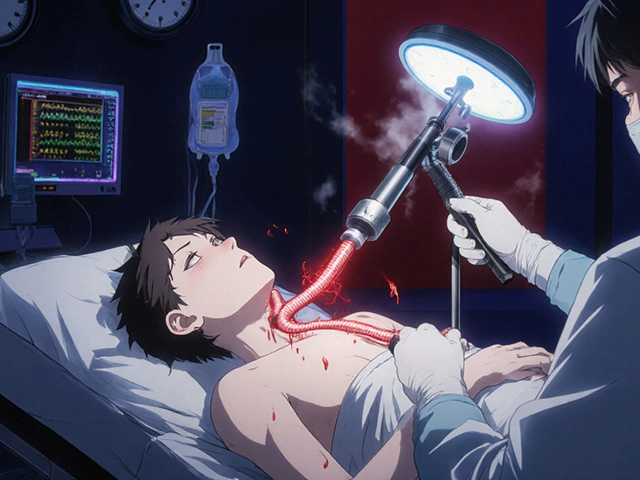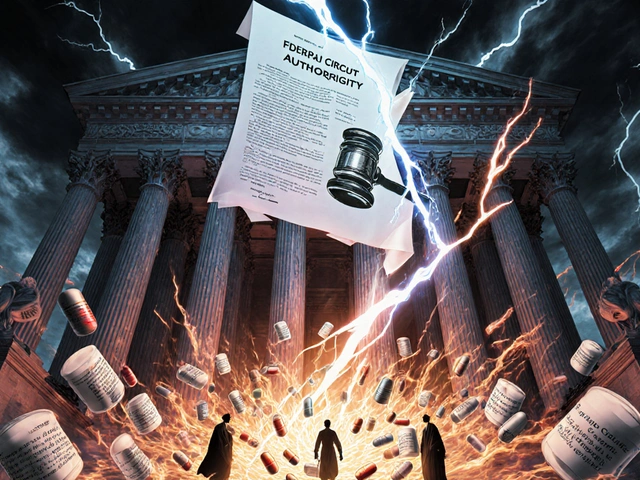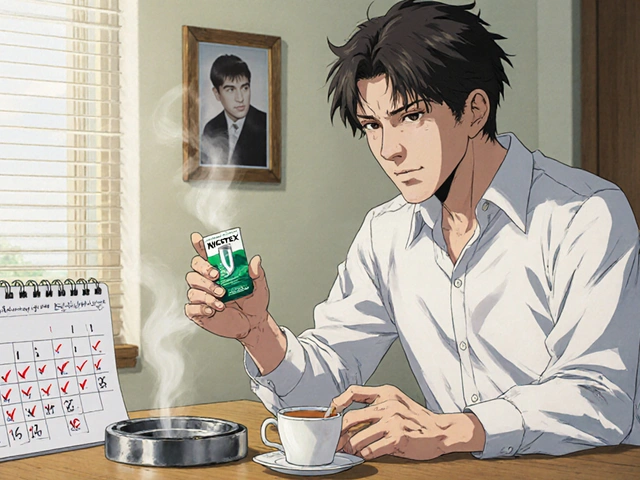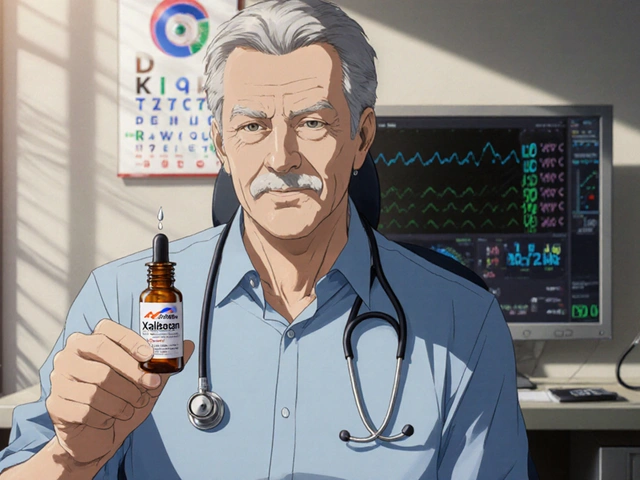Postherpetic Neuralgia: What You Need to Know About Persistent Nerve Pain
Ever had a shingles outbreak that left a painful sting even after the rash healed? That's often postherpetic neuralgia (PHN), a nerve pain condition that can linger long after shingles fades. It’s caused by nerve damage from the shingles virus, making some people suffer from burning, stabbing, or ongoing discomfort.
PHN is more common in older adults and those who had severe shingles. The trick is not to ignore the pain because it can last months or even years, affecting daily activities and sleep. So, what can you do about it? Let’s break down practical approaches to handle PHN and what might work best.
Recognizing the Symptoms and Seeking Help
PHN pain feels different for everyone. It might be sharp, burning, or like electric shocks. Often, even light touches or temperatures can cause pain. If these symptoms stick around for months after shingles, it’s time to talk to a doctor. Early diagnosis helps because treatments work better when started sooner.
Doctors usually recommend pain relievers, creams, or nerve-targeting medications like gabapentin or pregabalin. Sometimes, topical options like lidocaine patches bring relief without heavy side effects. Don’t hesitate to ask about these—managing PHN is about finding what soothes your nerves.
Supporting Your Recovery and Comfort
Along with medication, taking care of your overall health helps. Gentle exercises can improve circulation without hurting sensitive skin. Stress reduction techniques, like mindfulness or light yoga, often ease pain perception and improve sleep. Keeping a pain journal might help you spot triggers and better inform your healthcare provider.
If the pain is intense, cold or warm compresses may provide temporary relief. Always check with your doctor before trying home remedies to prevent worsening symptoms. Remember, PHN is tough but manageable, and getting support early is the key to feeling better.
Living with postherpetic neuralgia is a challenge, but understanding your pain and exploring different treatments improves your chances of easing discomfort. Don’t let the pain hold you back—reach out, get informed, and try what feels right for you.
Navigating the Complexities of Acute and Chronic Postherpetic Neuralgia
Postherpetic neuralgia is a painful condition that often follows shingles. It occurs when nerve fibers are damaged, sending exaggerated pain signals to your brain. Understanding the stages of postherpetic neuralgia is crucial for effective management and relief. This article explores the acute and chronic phases, offering insights and practical advice for those navigating this challenging condition.











